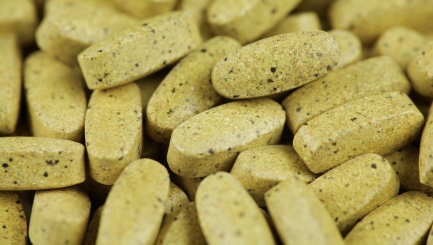
And about 15 of the minerals are considered to be essential to the proper function of the human body. These can actually all be derived from the food that we eat. Also, minerals can be generally broken down into two separate groups: macro minerals and micro minerals.
Macro minerals are present in the largest amounts in the human body, and they include Calcium, Magnesium, Phosphorus, Sodium, Potassium, Chloride, Iron and Zinc. Micro minerals, while also being very important, are much less common. These include Copper, Selenium, Iodine, Manganese, Chromium, Cobalt, Molybdenum and Fluoride.
Deficiencies in minerals can be problematic for long-term health, although they are quite rare. In fact it can be far more dangerous to over-load your body with too many minerals. So if you are taking supplements it’s very important to know exactly what levels of the different minerals that you’re taking on board.
Minerals play a large number of roles in our bodies. Calcium, phosphorous and magnesium, for example, are important for the health of your teeth and bones. While body composition and fluid balance is regulated by our supply of sodium, potassium and chloride.
Getting the right proportion in your diet can make all the difference to your wellbeing. Too much or too little can cause problems, but a nutritious, healthy diet should ensure you get the right balance every day.
